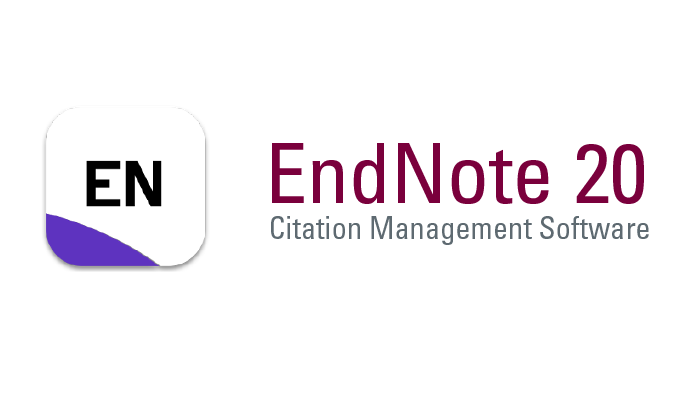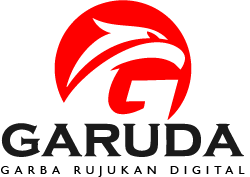PENERAPAN MODEL PEMBELAJARAN NUMBERED HEADS TOGETHER (NHT) DALAM MENINGKATKAN HASIL BELAJAR MATEMATIKA DENGAN MATERI LUAS PERMUKAAN SERTA VOLUME KUBUS DAN BALOK DI KELAS VIII-8 SMPN 3 BIREUEN SEMESTER GANJIL TAHUN PELAJARAN 2021/2022
DOI:
https://doi.org/10.47887/amd.v4i1.152Keywords:
Application of the Numbered Heads Together (NHT) Learning Model, Material on Surface Area and Volume of Cubes and Blocks, Learning ResultsAbstract
This research aims to find out: Can the application of the Numbered Heads Together (NHT) learning model improve mathematics learning outcomes in the surface area and volume of cubes and blocks in class VIII-8 at SMPN 3 Bireuen? The research method used is classroom action research (PTK) which consists of 2 cycles. The research subjects were 35 students in Class VIII-8 of SMP Negeri 3 Bireuen for the 2021/2022 academic year. Data analysis uses cooperative descriptive analysis techniques by comparing initial conditions with the results achieved in each cycle, and qualitative descriptive analysis of observation results by comparing the results of observations and reflections in cycle I and cycle II. The increase in learning outcomes is shown by the percentage of completeness of learning outcomes obtained in the first cycle of student learning outcomes. Of the 35 students who took the first cycle test, 27 students (77.14%) completed the test while 8 students (22.86%) did not complete it. . In cycle II, the results obtained were that of the 35 students who took the cycle II test, 33 (94.29%) students completed the test, while 2 (5.71%) students did not complete it.
References
Arikunto, Suharsimi dkk. 2007. Penelitian Tindakan Kelas. Jakarta: Bumi Aksara
Depdiknas. 2005. Pendekatan Kontekstual. Jakarta: Depdiknas.
. 2006. Model Kurikulum Tingkat Satuan Pendidikan untuk Sekolah Menengah Pertama. Jakarta: Depdiknas.
Djamarah, Syaiful Bahri dan Aswan Zain. 2010. Strategi Belajar Mengajar. Jakarta: Rineka Cipta.
Hamalik, Oemar. 2013. Proses Belajar Mengajar. Jakarta: Bumi Aksara
http://html-para-ahli.com. Diakses 12 desember 2014
Ibrahim, Muslimin, dkk. 2006. Pembelajaran Kooperatif. Surabaya : Unesa Press.
Johar, Rahma. 2006. Model Strategi Belajar Mengajar. Banda Aceh: FKIP Unsyiah.
Mulyasa, E. H. 2009. Implementasi Kurikulum Tingkat Satuan Pendidikan. Jakarta: Bumi Aksara.
Mukhlis. 2005. Pembelajaran Matematika Realistik Untuk Meteri Pokok Perbandingan Di Kelas VII SMP Negeri 1 Pallangga. Tesis tidak diterbitkan. Surabaya: PPS Unesa.
Nur, Mohamad. 2005. Pengajaran Berpusat Kepada Siswa dan Pendekatan Kontraktivis dalam Pengajaran. Surabaya: Pusat Studi MIPA Unesa.
Riyanto, Yatim. 2010. Paradigma Baru Pembelajaran. Jakarta: Prenada Media.
Rustaman dkk. 2003. Stategi Belajar Mengajar. Bandung: UPI Bandung.
Sanjaya, Wina. 2006. Strategi Pembelajaran Berorientasi Standar Proses Pendidikan. Jakarta: Kencana.
Siregar, Eveline dan Hartini Nara. 2010. Teori Belajar dan Pembelajaran. Bogor: Ghalia Indonesia.
Slameto. 2010. Belajar dan Faktor-faktor yang Mempengaruhi. Jakarta: Rineka Cipta.
Suprijono, Agus. 2009. Coperative Learning: Teori dan Aplikasi PAIKEM.
Yogyakarta: Pustaka Pelajar.
Susilo. 2007. Penelitian Tindakan Kelas. Yogyakarta: Pustaka Book Publisher.
Tampubolon, Saur. 2014. Penelitian Tindakan Kelas Sebagai Pengembangan Profesi Pendidik dan Keilmuan. Jakarta: Erlangga.
Triyanto. 2010. Model Pembelajaran Terpadu. Konsep, Strategi dan Implementasinya dalam Kurikulum Tingkat Satuan Pendidikan (KTSP). Jakarta: Bumi Aksara.
Uno, Hamzah B. 2008. Teori Motivasi dan Pengukurannya: Analisis di Bidang
Pendidikan. Jakarta: Bumi Aksara
Usmsan, 2005. Penerapan Pembelajaran Kooperatif dengan Pendekatan Struktural Numbersd Head Together (NHT) Untuk Pokok Bahasan Persamaan Kuadrat di Kelas X (I) SMA IPIEMS Surabaya, Surabaya: Universitas Negeri Surabaya Program Pasca Sarjana Program Studi Pendidikan Matematika
Widoyoko, S. Eko Putro. 2014. Hasil Pembelajaran di Sekolah. Yogyakarta:
Pustaka Pelajar
Downloads
Published
How to Cite
Issue
Section
License
Copyright (c) 2023 Herawati Herawati

This work is licensed under a Creative Commons Attribution-ShareAlike 4.0 International License.
Authors retain copyright and grant the journal right of first publication and this work is licensed under a Creative Commons Attribution-ShareAlike 4.0 that allows others to share the work with an acknowledgement of the works authorship and initial publication in this journal.
All articles in this journal may be disseminated by listing valid sources and the title of the article should not be omitted. The content of the article is liable to the author.
Authors are able to enter into separate, additional contractual arrangements for the non-exclusive distribution of the journal's published version of the work (e.g., post it to an institutional repository or publish it in a book), with an acknowledgment of its initial publication in this journal.
Authors are permitted and encouraged to post their work online (e.g., in institutional repositories or on their website) prior to and during the submission process, as it can lead to productive exchanges, as well as earlier and greater citation of published work.
In the dissemination of articles by the author must declare the Al-Madaris Jurnal Pendidikan dan Studi Keislaman as the first party to publish the article.














